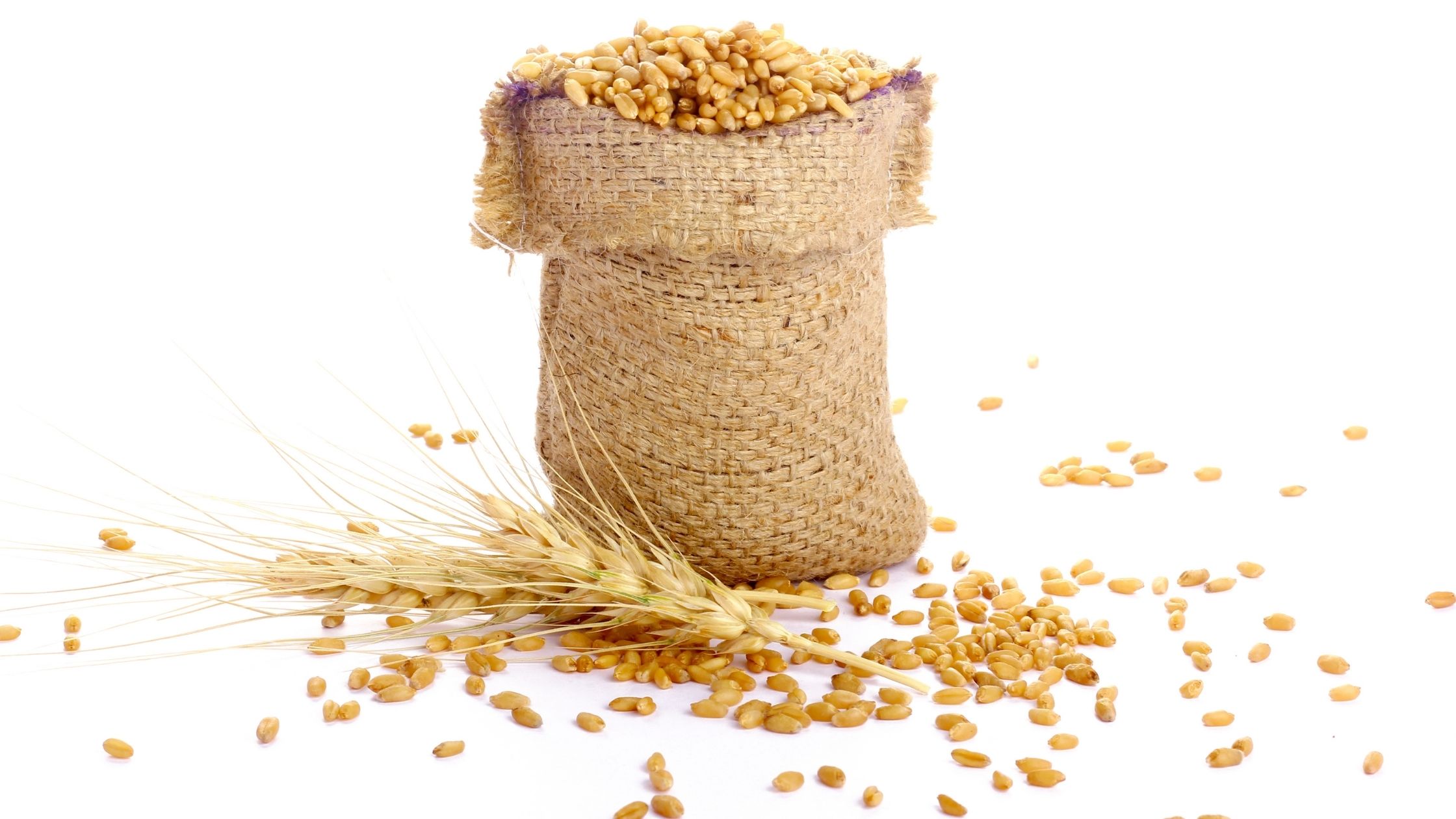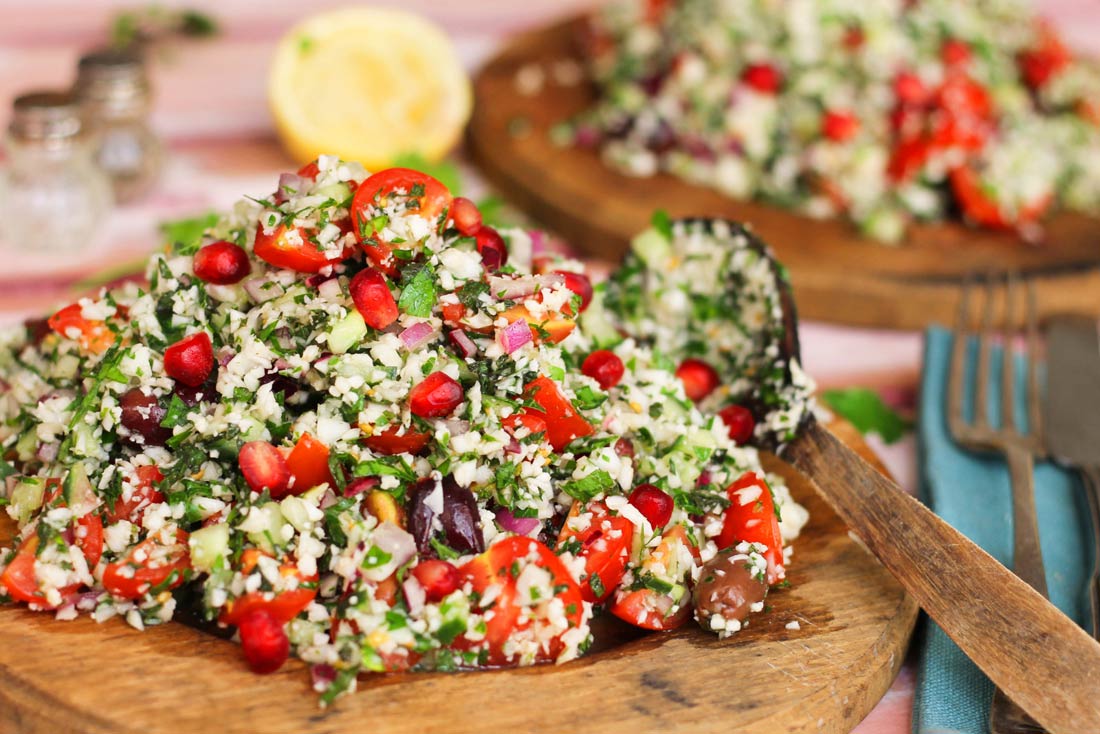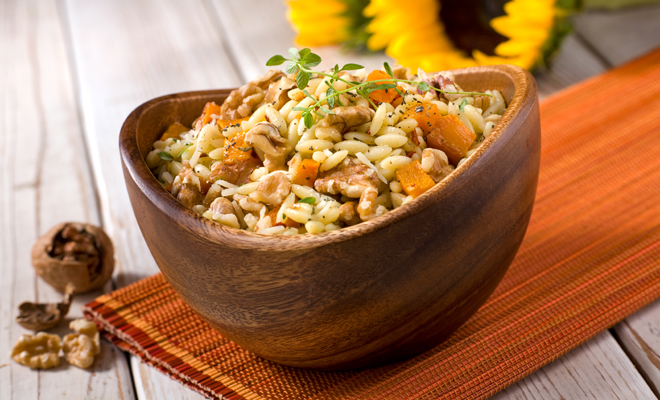Wholegrains and how to cook them

It’s time to banish the old clichés!
Cooked well, wholegrains are delicious, nutritious and an important source of protein and natural fibre. Quinoa is especially high in nutrients like protein and iron, but millet and other grains are also very good.
Here are some pointers to blow away the hippy cobwebs!
- Wholegrains (and wholegrain pasta) taste different from the white varieties but are nonetheless very tasty and much healthier – and don’t forget, your taste buds will change after just a few weeks, even if you don’t love ‘em at first!
- Wholegrains help sustain you better – because they break down in your body slower they keep your blood sugar steady. And that means you don’t get hungry so quickly.
- If you are new to cooking wholegrains, there are quite a few to choose from – see the chart below. Then use the names of each grain to search for recipes using them. There are lots of lovely ways to cook and eat them! Using low salt bouillon powder/stock cubes and a few herbs gives added taste when cooking in water.
- You can also cook grains by frying onions in a little oil, adding the grains and coating them in the oil, then adding spices and liquid, eg water or stock. Just use the quantities in the chart as usual.
Leftovers
can be stored in an airtight container in the fridge and used the next day. After cooking, cool the grains – especially rice – as quickly as possible (ideally within one hour) and keep in the fridge for no more than a day until reheating. The longer that cooked rice is left at room temperature, the more likely it is that bacteria, or the toxins they produce, could stop the rice being safe to eat.
Cooked wholegrains also freeze very well, so it’s worth making a double batch or more.
Why not try our quick and easy recipe for delicious Cauliflower Tabbouleh with Lemon & Olive Oil Dressing.

Cooking Times for Grains
Place grains and fluid in the pan, cover and bring to the boil. Reduce heat and simmer for the time specified in the chart below – according to which grain you are using.If they start to dry out, just add a little more liquid and give them a gentle stir.
The times below are for regular cooking. However, pressure cooking is very useful for cooking grains and cereals.
- 3 cups Barley (pearl) = 30-40 minutes
- 2-2½ cups Basmati rice (brown) = 25-30 minutes
- Brown rice (short grain) = 30-35 minutes
- Brown rice (long grain) = 25-30 minutes
- 2 cups Buckwheat (pre-roasted is nicest) = 10-15 minutes
- 2 cups Bulghur (cracked wheat) = 10-15 minute soak in boiling water/stock, depending on how coarse bulghur is
- 3-3½ cups Cornmeal (polenta) = 20-30 minutes, depending on coarseness
- 2 cups Millet = 20-35 minutes
- 2 cups Oats = 10-15 minutes for jumbo oats, less for porridge.
- 2 cups Quinoa = 15-20 minutes
- 3½ cups Wild rice = 40-55 minutes (about 30 for quick-cook type)
Have we piqued your interest? Try our Baked Rice Pilaf with Squash!

Continue the conversation
Don’t forget to continue the conversation, and tag us in your re-creations: Facebook | Instagram | Twitter | Pinterest